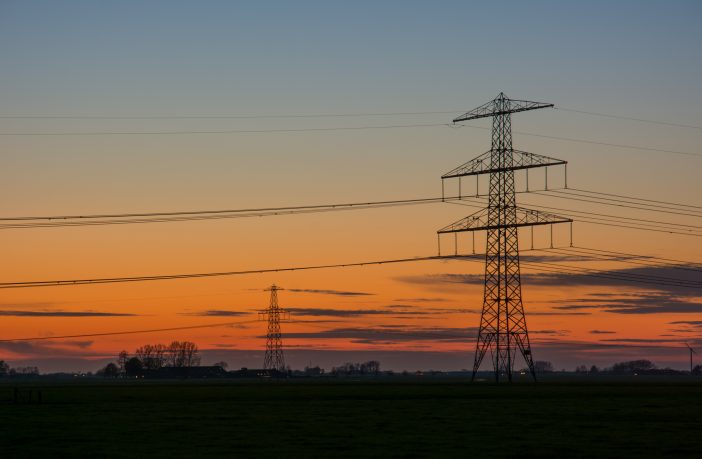- Transmission Company of Nigeria has received approval to transmit power from the Mambila Hydropower Plant once it has been commissioned.
- The 3050 MW Dam Hydro Project will commence construction in early 2019 and is expected to be completed in 2025.
- The power project also forms part of the West African Power Pool (WAPP) projects.
This week, the Transmission Company of Nigeria (TCN) received approval to transmit power from the Mambila Hydropower Plant once it has been commissioned. According to the company’s CEO, Mohammed Gur Usman, the power project forms part of the West African Power Pool (WAPP) projects.
“We have got approval to evacuate Mambila through Eastern Back Bone,” said Usman. Speaking with The Nation in Abuja, he said the approval was received on 22 December 2018, at a meeting of Heads of States of the Economic Community of West African States (ECOWAS).
He said there was an approval of the updated version of the WAPP 2018 Master Plan of priority projects. “One of the priority projects is the Eastern Backbone, which will start from Calabar and end in Kano. It is 330kV double socket. That project will enable us to connect with Central African Power Pool through Ikom. It will also send power to the most neglected parts of Nigeria,” stated TCN’s boss.
The most neglected parts, according to Usman, are northern Cross River and Taraba states.He said the Mambila project has come up with an updated study for energy to be evacuated from where it is cheaper to where it is more expensive. Usman said the updated study is seeking to evacuate energy from West Africa to Central African Power Pool and North Africa Power pool.
This cross border evacuation, according to him, requires transmission line development in the east of Nigeria. He said the Benin axis has sufficient capacity and subsequently the Benin Electricity Company (BEDC) is not showing demanding for power, adding that: “I can tell you generally that we have a lot of power that BEDC is not taking.”
The Mambilla hydroelectric project was originally conceived in 1972. It was re-invigorated after 35 years when China’s Gezhouba Group awarded a contract to develop the project with 2,600MW installed capacity in 2007. The ground survey for the project was completed in August 2010 and environmental approval was received in December 2011.
The capacity of the project was increased to 3,050MW in 2012. The project was, however, put on hold due to administrative clashes, until it received government approval in 2016. Nigerian Federal Ministry of Power Works and Housing awarded the project development contract to a consortium of three Chinese companies including the Gezhouba Group, in November 2017.
The project will comprise four dams and two underground powerhouses having 12 turbine generator units in total. The four dams to be constructed on the Dongo River for the Mambilla hydropower project include Nya (formerly known as Gembu), Sumsum, Nghu and Api Weir dams.
Chinese Export Import (Exim) Bank is funding 85% of the estimated $5.8bn project cost, while the remaining 15% funding will come from the Federal Government of Nigeria.
Author: Babalwa Bungane
This article was originally published on ESI Africa and is republished with permission with minor editorial changes.















